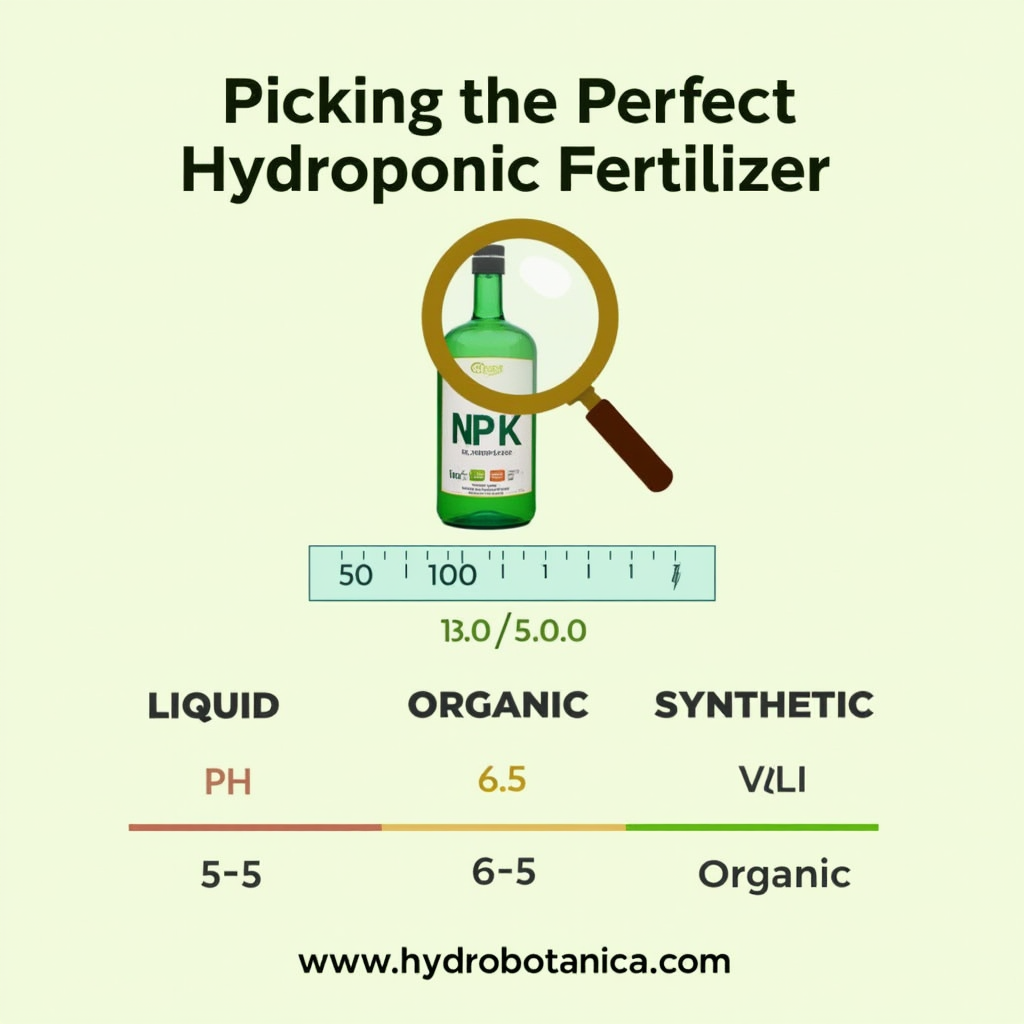Ever wondered why your hydroponic plants aren’t thriving like they should? The secret often lies in one thing: the hydroponic fertilizer you’re using. Unlike traditional gardening, hydroponics ditches soil and relies entirely on nutrient-packed water to feed your plants. But not all fertilizers are created equal! Pick the wrong one, and you might end up with stunted growth, yellow leaves, or even dead roots.
The good news? You don’t need a science degree to nail this. We’ve teamed up with hydroponic experts to test and rank the 8 best hydroponic fertilizers that deliver explosive growth, vibrant blooms, and juicy harvests—no guesswork required. Whether you’re growing basil in your kitchen or tomatoes in a greenhouse, we’ve got a formula that fits your plants (and your budget).
Ready to turn your hydroponic garden into a lush, green paradise? Let’s dive in! 🌿
Why Hydroponic Fertilizer Is Essential for Your System

If you’re diving into hydroponic gardening, you know that choosing the right hydroponic fertilizer is key to your plants’ success. Unlike soil gardening, hydroponics relies entirely on nutrient-rich water to feed plants. Let’s break down why this fertilizer is a game-changer!
The Role of Nutrients in Hydroponic Plant Growth
Plants need nutrients like nitrogen, phosphorus, and potassium (NPK) to grow strong. In hydroponics, roots soak up these nutrients directly from water. A balanced hydroponic fertilizer delivers everything your plants crave, from leafy greens to juicy tomatoes. Without it, plants starve—no soil means no backup snacks!
Hydroponic Fertilizer vs. Soil Fertilizers: Key Differences
- Solubility: Hydroponic formulas dissolve completely in water. Soil fertilizers often clump.
- Nutrient Mix: Hydroponic blends include micronutrients like calcium and iron, which soil gets naturally.
- Speed: Plants absorb hydroponic nutrients faster. Soil fertilizers take time to break down.
What Happens When You Use Low-Quality Fertilizers?
Cheap fertilizers can cause:
- Yellow leaves (nutrient deficiency).
- Salt buildup (clogged roots).
- Stunted growth.
Invest in quality to avoid “plant emergencies”!
How to Choose the Right Hydroponic Fertilizer

Understanding NPK Ratios and Micronutrients
- NPK: The three numbers on fertilizer labels.
- 10-5-5: High nitrogen for leafy greens.
- 5-10-10: More phosphorus for fruiting plants.
- Micronutrients: Look for iron, zinc, and magnesium for vibrant growth.
pH Balance: Why It Matters for Nutrient Absorption
Plants absorb nutrients best when water pH is between 5.5–6.5. Too high or low? Nutrients get “locked out,” leaving plants hungry. Test pH weekly with a $10 meter!
Liquid vs. Powder Fertilizers: Pros and Cons
| Liquid | Powder |
|---|---|
| Easy to mix | Longer shelf life |
| Pricier | Budget-friendly |
Organic vs. Synthetic Hydroponic Fertilizers
- Organic: Eco-friendly but slower. Great for herbs.
- Synthetic: Fast results for heavy feeders like tomatoes.
Cost vs. Quality: Finding the Sweet Spot
Don’t overspend! Mid-range fertilizers like General Hydroponics FloraSeries offer great value.
8 Expert-Approved Hydroponic Fertilizers to Try

Formula 1: Best All-Purpose Hydroponic Fertilizer
General Hydroponics FloraSeries: Perfect for beginners. Mixes easily and works for herbs, veggies, and flowers.
Formula 2: Top Pick for Leafy Greens and Herbs
Botanicare Kind Base: Extra nitrogen for bushy basil and kale.
Formula 3: High-Yield Solution for Fruiting Plants
FoxFarm Tiger Bloom: Packed with phosphorus for plump peppers and strawberries.
Formula 4: Budget-Friendly Option for Beginners
MasterBlend 4-18-38: Cheap but effective. Just add water!
Formula 5: Premium Organic Hydroponic Fertilizer
Earth Juice pH Perfect: USDA-certified organic. Ideal for eco-warriors.
Formula 6: Fast-Acting Formula for Rapid Growth
Advanced Nutrients pH Perfect: See growth spurts in days!
Formula 7: pH-Stable Blend for Sensitive Crops
Blue Planet Nutrients: Keeps pH steady for fussy orchids.
Formula 8: Customizable Mix for Advanced Growers
Jack’s Hydroponic: Tweak nutrients for exotic plants like dragon fruit.
How to Use Hydroponic Fertilizer Effectively
Step-by-Step Guide to Mixing and Application
- Fill reservoir with water.
- Add fertilizer per label instructions.
- Adjust pH to 5.5–6.5.
- Let plants drink up!
Common Mistakes to Avoid
- Overfeeding: Burnt leaf tips? Dilute your mix.
- Underfeeding: Pale plants? Boost nutrients.
Monitoring EC and TDS Levels for Optimal Results
- EC (Electrical Conductivity): Measures nutrient strength. Aim for 1.2–2.4 mS/cm.
- TDS (Total Dissolved Solids): 500–1000 ppm for most plants.
Frequently Asked Questions About Hydroponic Fertilizers
Can I Use Regular Fertilizer in Hydroponics?
Nope! Soil fertilizers won’t dissolve properly. Stick to hydroponic-specific blends.
How Often Should I Replace Hydroponic Nutrients?
Every 1–2 weeks. Refresh to avoid nutrient imbalances.
What’s the Ideal pH Range for Hydroponic Systems?
5.5–6.5 is the sweet spot for most plants.
Final Tips for Maximizing Your Hydroponic Garden’s Potential
Pair Fertilizers with Proper Lighting and Aeration
- Use LED grow lights for energy efficiency.
- Add air stones to keep roots oxygenated.
Seasonal Adjustments for Year-Round Growth
- Reduce nutrients in winter (plants grow slower).
- Boost calcium in humid summers.
When to Consult a Hydroponics Expert
If plants look sickly after adjusting nutrients, call a pro!
Ready to transform your hydroponic setup? Experiment with these expert-approved hydroponic fertilizers and watch your plants thrive! 🌱✨





